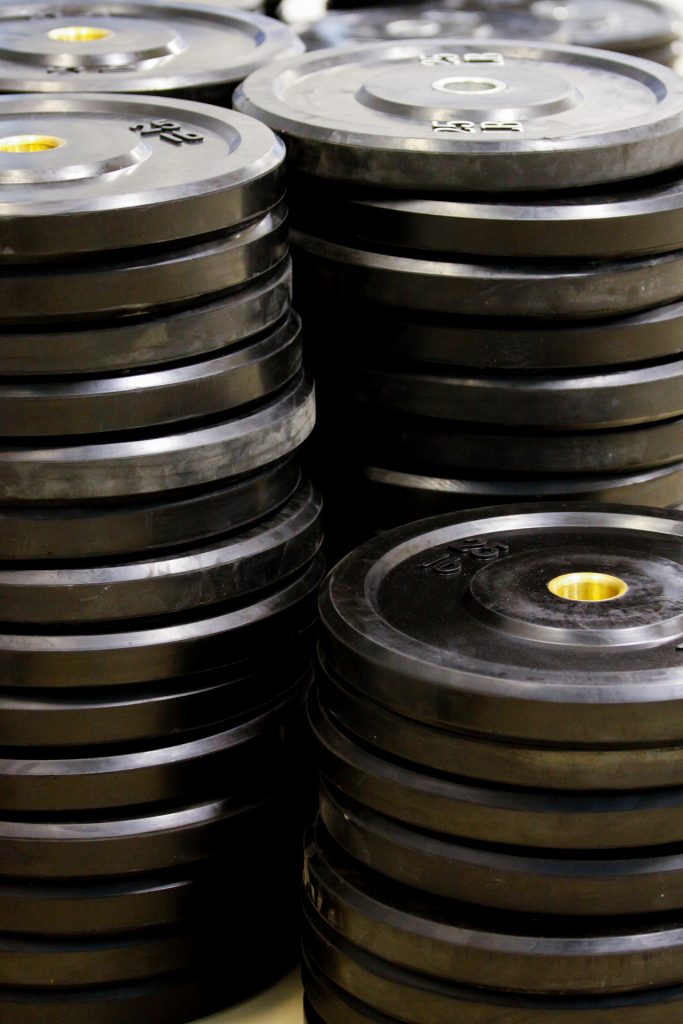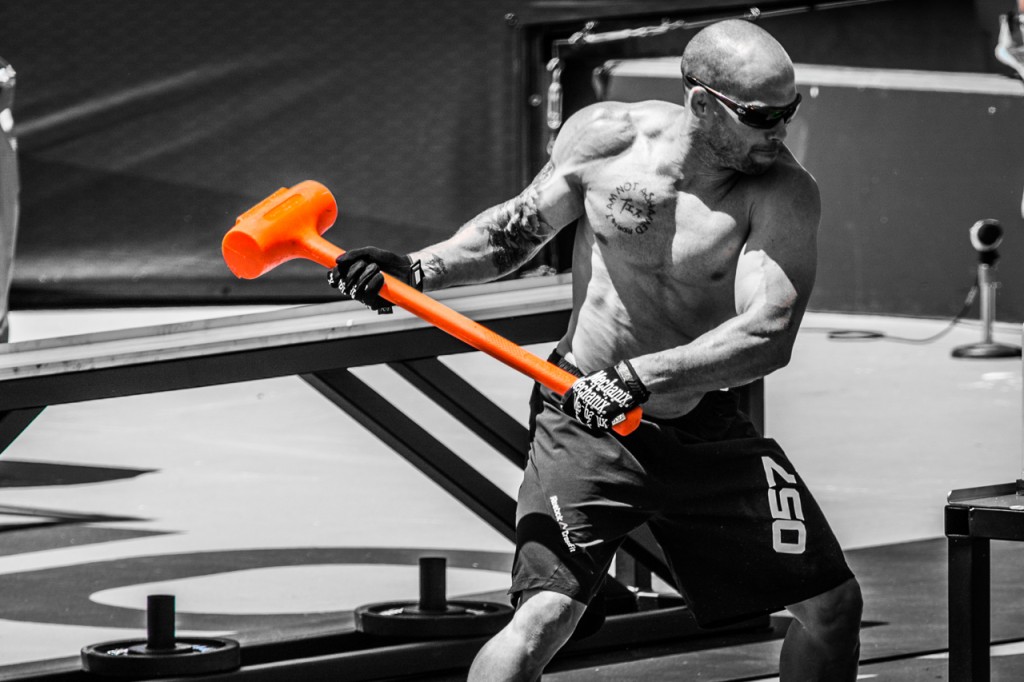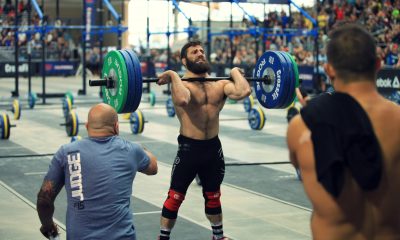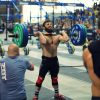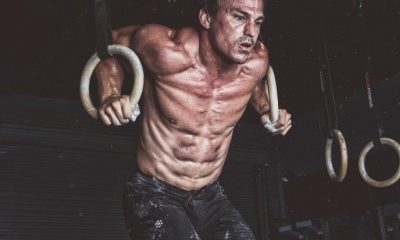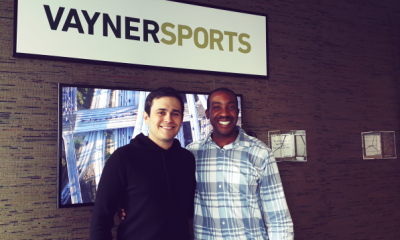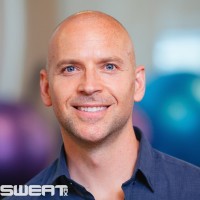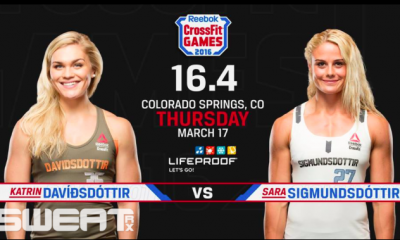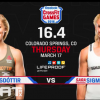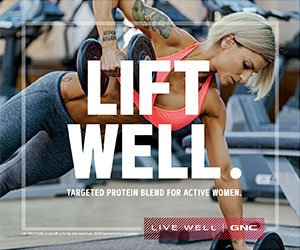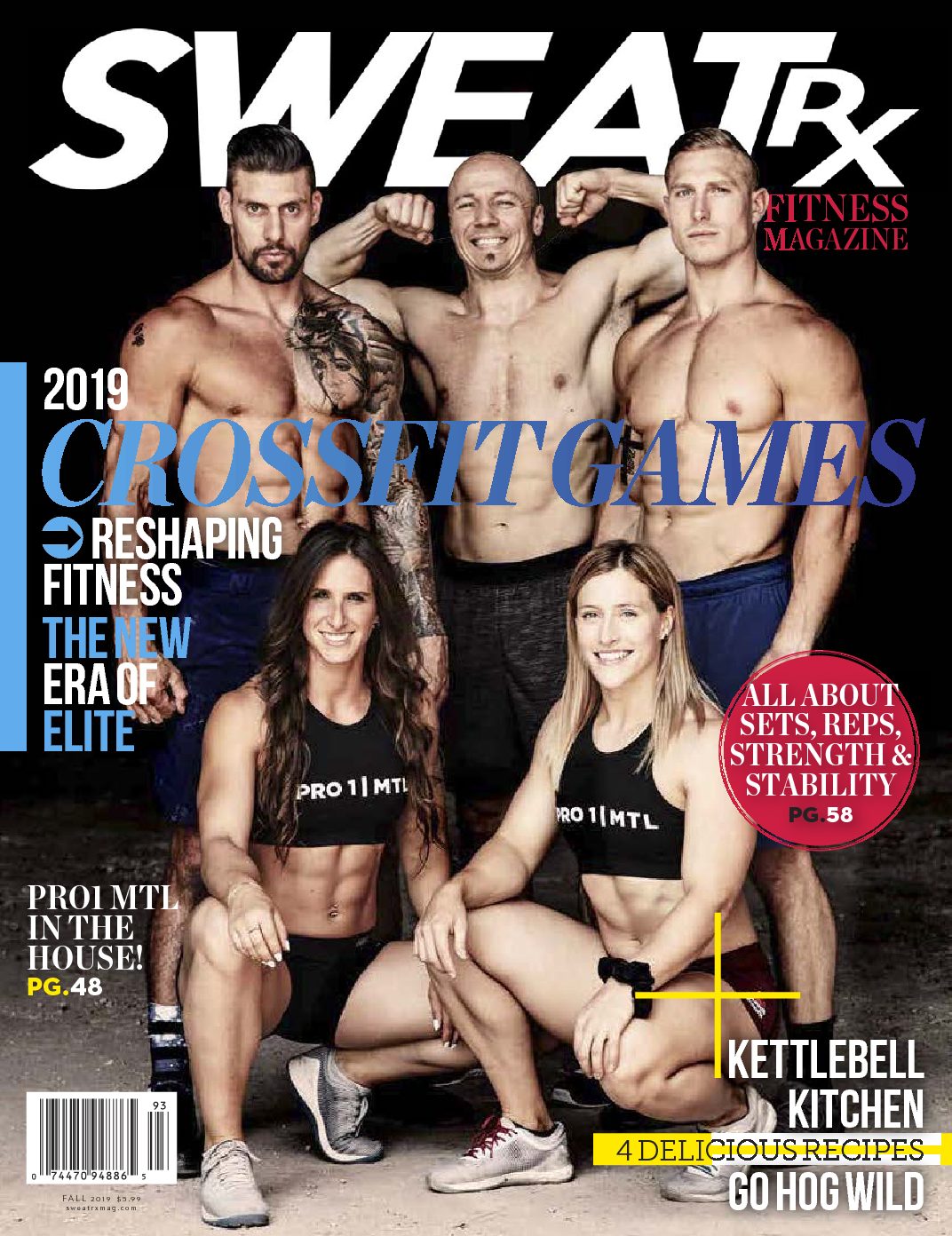Inside Sweat RX
Training against the grain. The Chris Spealler Example
This article will introduce a unique form of periodization for those seeking to be competitive at the highest levels of CrossFit.
This past year I spent some time working with CrossFit icon Chris Spealler. After 2011’s CrossFit Games, Spealler came to the conclusion that he needed more size. This epiphany came in part due to the performance of Josh Bridges who is about the same height as Spealler, but was 20 lbs of lean mass heavier. Spealler and I had previously worked together on Westside-style absolute strength training. When he approached me about the possibility of working together again with the goal of adding 10 lbs of lean muscle mass, I was very excited!
My excitement was, however, tempered with a bit of concern about what I knew I wanted him to do, and whether or not he could be compliant with it as it would be a huge departure from anything he had ever done. Spealler is an amazing athlete and individual in my opinion. Part of what impresses me so much about him is that he is willing to listen and consider novel and/or unique approaches to training.
My concern was thus misplaced as he was not only willing to listen to what I had to say, he had enough faith in me that he agreed to submit to whatever I laid out for him (which I truly appreciated).
As an unofficial rule, CrossFit has a bit of disdain for bodybuilding. The simple fact is that no one is better at accruing lean muscle mass than bodybuilders. For Spealler to achieve his goal, the optimal way was to place him on a 3-4 month block of hypertrophy-specific, or bodybuilding training. That is exactly what I did.
We worked out a four day per week training schedule that hit each body part twice per week (a four day split). On two of his “off” days I instructed him to perform one WOD each day. I allowed Spealler to program the WODs since he is certainly more versed in the nuances of CrossFit WODs than me. Spealler also opted (and I felt it was a great idea) to perform some skill work (meaning using sub-maximal loads to work on perfecting technique) for Olympic lifts on those days.
We also addressed the nutrition component of Spealler’s program with a significant increase in his total caloric intake and some specific supplementation. The increased caloric intake was probably the hardest part of the program for Spealler. He is not a big eater and his incredibly busy schedule does not leave a lot of room for the necessary food intake. Nutrition is a topic that deserves its own article, so I won’t go any further here.
The end result of the program: Spealler added 10 lbs of lean muscle mass, increased his strength (yes, even on a bodybuilding program!) and maintained the majority of his CrossFit specific conditioning (even besting benchmarks in some WODs). In other words, he accomplished his primary goal without significantly compromising, or detraining his sport specific conditioning in the process.
Training for Everyone
The same basic template used for Chris can be used to improve almost any fitness attribute. The key is programming the majority of the athlete’s training (four days per week is perfect for most applications) to address the chosen weakness, and then allowing for two days per week to maintain the balance of the sport specific abilities. It should be noted, as a “more is better” mindset seems to be fairly pervasive in the CrossFit culture, that a minimum of work is required and recommended to maintain most sport specific conditioning.
Intensity of Secondary Work
The intensity of secondary work (the exercise used to maintain sport-specific conditioning) necessarily varies. For instance, if the individual were focusing on hypertrophy as Chris was, the two WODs per week should be conducted with the normal intensity of effort (read HIGH). Some care should be taken with their programming, as a King Kong type WOD would be counterproductive to a hypertrophy and strength program block. Intensity for other secondary training such as Olympic lifting skill work should be relatively low to minimize interference with the primary training goal.
The intensity of effort, or intensity as defined by percentage load, should vary depending upon what is needed to make the secondary exercise productive, while simultaneously minimizing any negative effect on the primary training goal of the block.
Wrap
Games level competitive CrossFitters have essentially 8-9 months of training between seasons. At least 6 months should be blocked out to work on (in the manner shown above) defined weaknesses in their overall CrossFit abilities. The final training block can then focus on pure CrossFit ability with the goal of peaking for the competitive season with improved relative weaknesses and therefore improved overall performance.
This methodology, if utilized, will result in yet unseen CrossFit performances. Coaches or athletes: get started now and show the world what can be achieved!
